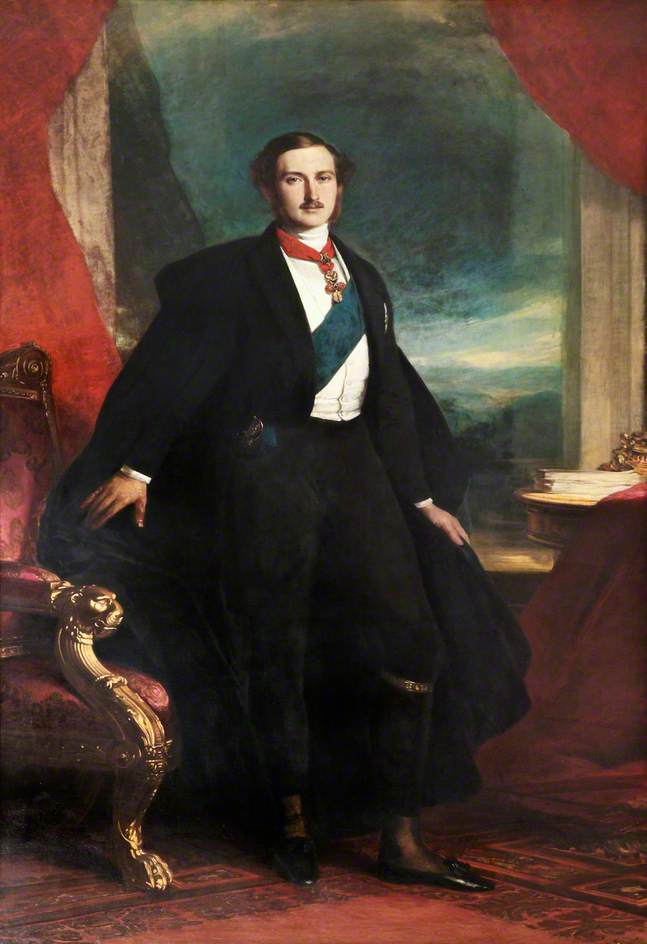
QUEEN VICTORIA.
Victoria was born in London on 24 May 1819, the only child of Edward, Duke of Kent, and Victoria Maria Louisa of Saxe-Coburg. Her name was Alexandrina Victoria.
When Princess Victoria was 18 years old her uncle King William died and she became queen, and her reign dominated the rest of the century. She was crowned at Westminster Abbey in 1838.



Edward, the Duke of Kent and Princess Victoria of Saxe-Coburg.
CHILDHOOD:
Queen Victoria was born Alexandrina Victoria on May 24, 1819, in Kensington Palace, London. Her parents were Victoria Mary Louisa, daughter of the duke of the German principality of Saxe-Coburg-Saalfeld, and Edward Augustus, duke of Kent and Strathern, the fourth son of King George III of Great Britain. When Victoria was eight months old, her father died. Victoria’s mother raised her in Kensington Palace with the help of German governesses, private English tutors, and Victoria’s uncle, Prince Leopold (who in 1831 became King Leopold I of Belgium). Victoria learned to speak and write French and German as readily as English. She also studied history, geography, and the Bible. She was taught how to play the piano and learned how to paint, a hobby that she enjoyed into her 60s. Because Victoria’s uncle, King William IV, had no legitimate children, Victoria became heir apparent to the British crown upon his accession in 1830. On June 20, 1837, with the death of William IV, she became queen at the age of 18.

In 1837 Queen Victoria took the throne after the death of her uncle William IV. Barely eighteen, she refused any further influence from her domineering mother and ruled in her own stead. Popular respect for the Crown was at a low point at her coronation, but the modest and straightforward young Queen won the hearts of her subjects. She wished to be informed of political matters, although she had no direct input in policy decisions
MARRIED LIFE:



She'd met her cousin, Prince Albert of Saxe-Coburg and Gotha, when they were both seventeen. In 1840, only three years after taking the throne, Victoria took her first vow and married her cousin, Prince Albert of Saxe-Coburg-Gotha. Albert was an unusually studious and serious young man, and he served as his wife’s private secretary. He was an active patron of the arts and sciences, and he was the prime organizer of the Great Exhibition of 1851, the first true world's fair, which was held in the Crystal Palace in London’s Hyde Park. Albert also favored the expansion of education, and he served as chancellor of the University of Cambridge. He became a great champion of the strengthening and modernizing of Britain's armed forces. Though Albert was respected by most of his new countrymen, he was not loved; many resented him because he was a foreigner, and his heavy German accent did not help. When they were twenty, he returned to England, and Victoria, in love with him, proposed marriage. They were married on February 10, 1840. For the next 20 years they lived in close harmony and had a family of nine children, - four sons and five daughters: Victoria, Bertie, Alice, Alfred, Helena, Louise, Arthur, Leopold, and Beatrice. Albert didn't speak English very well and lots of people didn't like him. The German prince never really won the favour of the British public, and only after 17 years was he given official recognition, with the title of Prince Consort. However, Victoria relied heavily on Albert and it was during his lifetime that she was most active as a ruler. On Dec. 14th 1861 Albert died from typhoid fever at Windsor Castle. Victoria remained in self-imposed seclusion for ten years. This genuine, but obsessive mourning kept her occupied for the rest of her life and played an important role in the evolution of what would become the Victorian mentality.
http://womenshistory.about.com/od/victoriaqueen/p/queen_victoria.htm
http://www.bbc.co.uk/history/historic_figures/victoria_queen.shtml
http://www.nettlesworth.durham.sch.uk/time/victorian/vpeople.html
http://www.victorianstation.com/queen.html
http://encarta.msn.com/encyclopedia_761560609/Victoria_(queen).html
Comments (0)
You don't have permission to comment on this page.